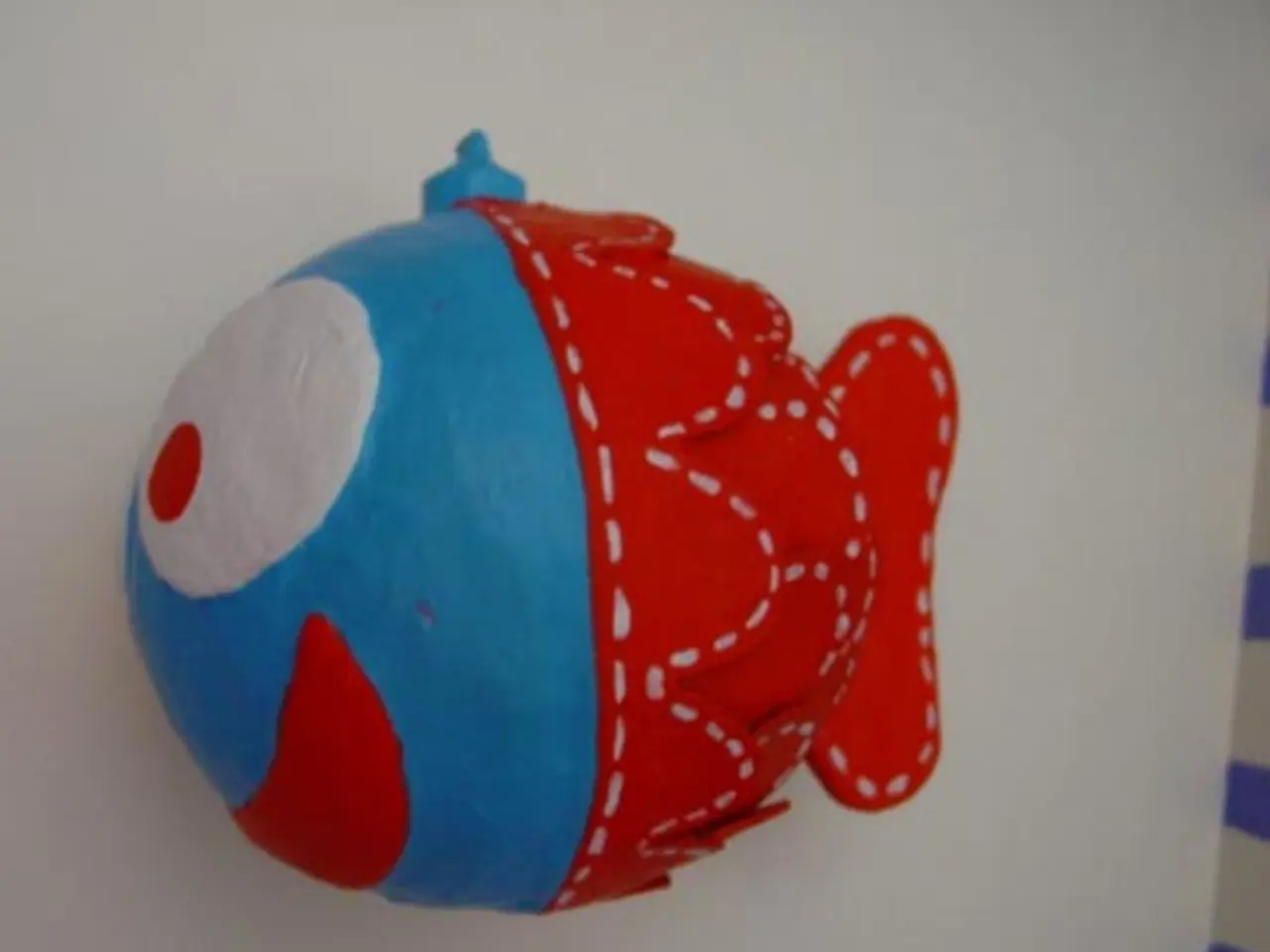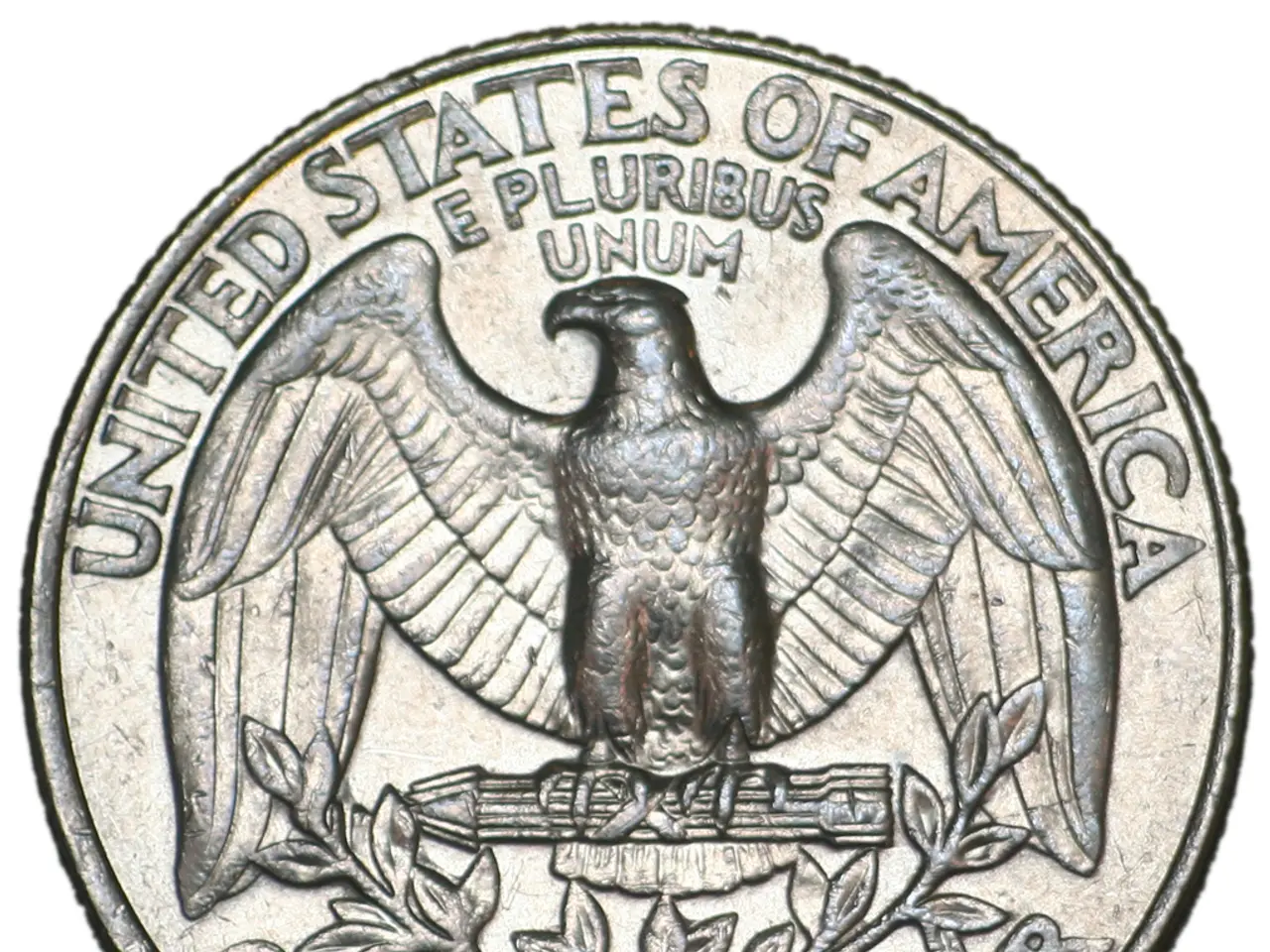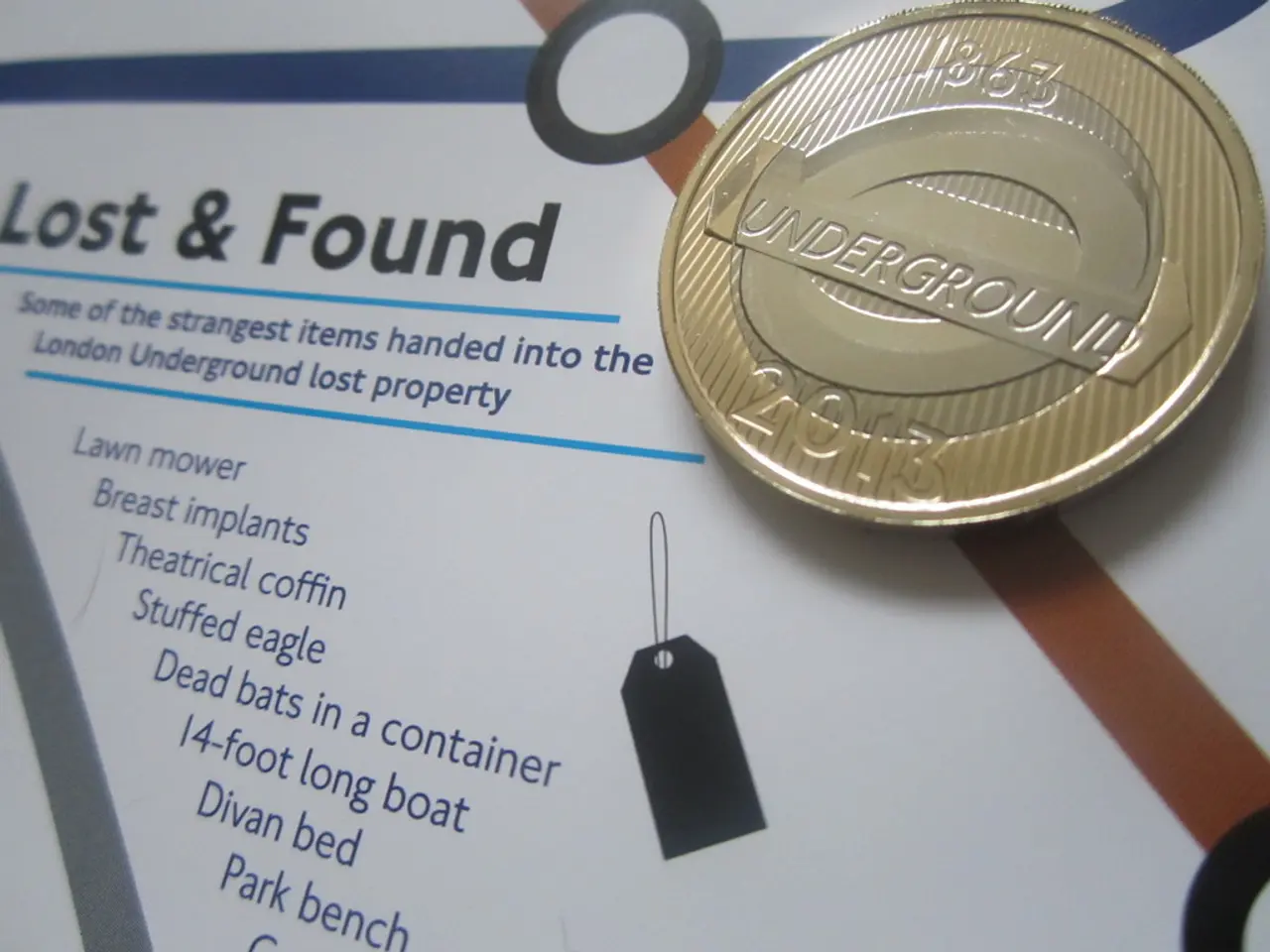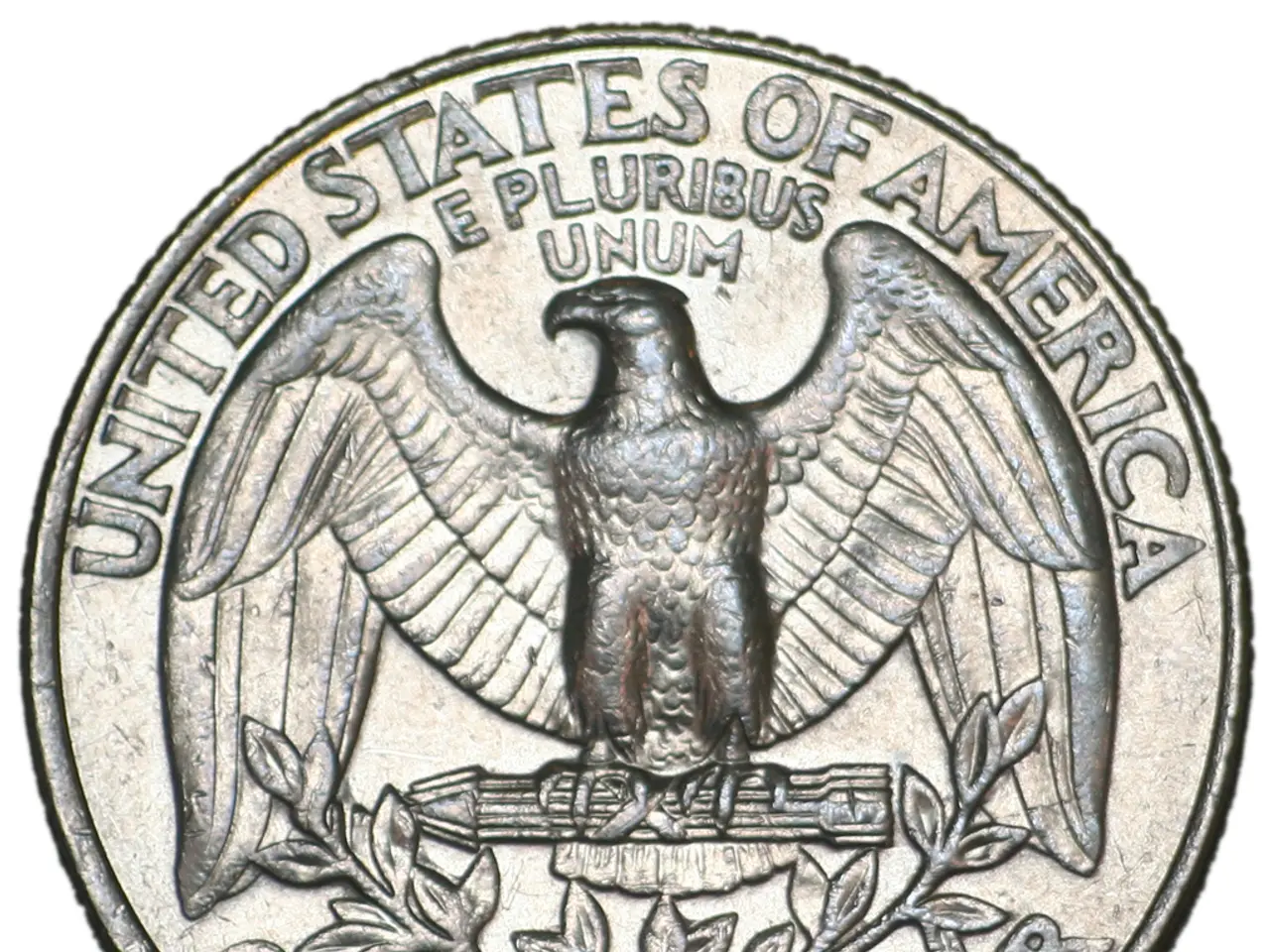Sustainability of fish doesn't conclude with the product tag: An exploration of the complexities beyond the label
In the realm of the fishing industry, the sustainability of fish stocks is a critical concern. The assessment of fish stock sustainability is primarily based on scientific evaluation of stock health, fishing impact, and management effectiveness.
This evaluation process typically relies on several key factors:
- Stock Health and Biomass Assessment: Estimating the current biomass of fish populations compared to target or sustainable levels to determine if stocks are overfished or maintained at healthy levels. Techniques include fishery-independent surveys, catch data analysis, and models estimating harvestable biomass based on multi-stage random sampling and biological data.
- Fishing Pressure and Harvest Control Rules: Evaluating whether fishing effort and harvest rates are kept within limits that prevent overfishing, often using harvest control rules and compliance monitoring.
- Ecosystem and Environmental Impact: Assessing the impact of fishing methods and gear on habitats and non-target species (bycatch), including consideration of more selective or low-impact methods such as pole-and-line fishing.
- Management Effectiveness and Governance: Reviewing fisheries management frameworks, including enforcement of regulations, monitoring, stakeholder involvement, and adaptive management to ensure sustainability goals are met.
An example of a widely recognized sustainability label is the Marine Stewardship Council (MSC) certification. Fisheries that meet the MSC standard demonstrate that they are not subject to overfishing and maintain target biomass levels. The MSC certification process includes rigorous audits, reviewing fishery management plans, scientific stock assessments, and stakeholder consultations.
International organizations such as the International Seafood Sustainability Foundation (ISSF) utilize these criteria to evaluate tuna stocks, reporting assessments of major global tuna fisheries against MSC standards and identifying stocks that meet sustainability benchmarks and those needing improvement.
The European legislator is addressing the demand for easily understandable yet fact-based environmental claims on product packaging with a new directive, effective from September 2026. In Germany, the demand for transparency and orientation is increasing among consumers when shopping for fish. To cater to this demand, the Thuenen Institute for Baltic Sea Fisheries maintains the scientifically-maintained national information portal Fish stocks online (www.fischbestaende-online.de). This database offers professionals a comprehensive overview of the origins available on the raw material market and provides information about the scientific name of the fish, the fishing area, and other relevant data.
Moreover, consumers can find current assessments of the stock situation for specific fish species on Fish stocks online. The database also includes knowledge about the size, composition, and annual removal of a fish stock. If the assessment of a fish stock changes, companies can use this database to search for alternatives.
The German fishing industry supports this EU plan, especially if it contributes to more clarity. In 2008, German manufacturers and retailers voluntarily agreed to provide more detailed information about fish and seafood products on packaging than required by law. Sustainability, origin, and fish stock status are gaining attention, with sustainability labels and environmental claims being used to help consumers make purchases.
References:
- Marine Stewardship Council. (n.d.). What is the MSC certification process? Retrieved from https://www.msc.org/about-us/what-we-do/certification/what-is-the-msc-certification-process
- International Seafood Sustainability Foundation. (n.d.). ISSF Tuna Stock Assessment Workshops. Retrieved from https://iss-foundation.org/our-work/science/tuna-stock-assessment-workshops/
- Food and Agriculture Organization of the United Nations. (2016). The State of World Fisheries and Aquaculture 2016. Retrieved from https://www.fao.org/3/a-i6775e.pdf
- European Commission. (2021). Proposal for a Regulation of the European Parliament and of the Council on sustainable fishing and amending Regulations (EU) 2019/1241 and (EU) 2019/1242. Retrieved from https://ec.europa.eu/info/law/better-regulation/have-your-say/initiatives/12521-Sustainable-fishing-Regulation-proposal_en
- European Commission. (2019). The Common Fisheries Policy. Retrieved from https://ec.europa.eu/info/law/better-regulation/have-your-say/initiatives/12484-Common-Fisheries-Policy_en
- In light of the growing trend towards sustainability in business, some companies might consider investing in environmental-science research to develop more selective fishing methods that minimize the impact on non-target species and the ecosystem.
- To cater to the increasing demand for transparency in the fish industry, financial institutions could develop specialized ventures aimed at funding sustainable fisheries that follow scientifically-approved management practices and meet rigorous environmental standards, hence appealing to eco-conscious consumers and investors.




